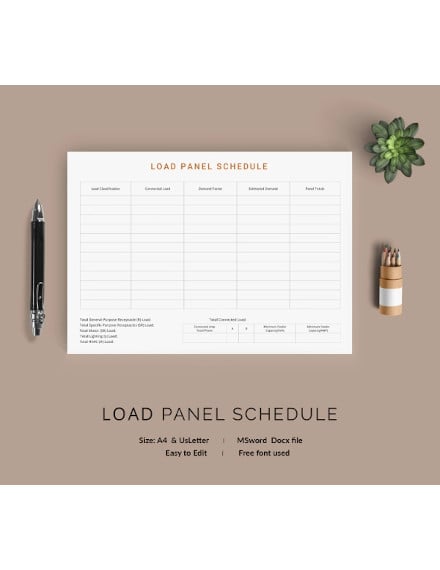

There are also rental rates.Ĭapture is an all-in-one visualizer, CAD and reports solution.
#LXFREE TEMPLATE UPGRADE#
Cost to purchase is nearly $3000 with a $650 yearly upgrade to keep access to the latest symbols and fixture updates, along with the yearly release of the software itself. There is a steep learning curve to Vectorworks, so set aside at least a week to learn how the software (basically) functions.
#LXFREE TEMPLATE PC#
It works on PC or Mac (2022 features M1 support). Line based drafting with a vast and constantly updated library of objects and symbols, there is good reason it has so much of the market.

Vectorworks is what many people say “everyone uses”. If you make that kind of money, it’s certainly worth it because there is seemingly nothing it can’t do. Don’t forget the yearly upkeep for the latest library additions, billable each year.

Expensive to buy and then expensive to keep, the purchase points starts at $900 for just drafting and tops out at an eye watering $5750 for drafting and visualization. WYG has an ability to visualize that is second to none, and the report functions are deep (counting each element you need to rig a show) and powerful. It’s line-based with a tremendous library of lights and useful objects (truss, platforming, etc). WYSIWYG is the OG of vis/drafting combo software. As defined by the people who created the protocol “MVR ( My Virtual Rig) is a file format for the bi-directional exchange of data and geometry between CAD systems, visualizers, and lighting consoles.” In my experience, it just works.Ĭurrently, only three drafting solutions support MVR, and that makes any of these three the “best” drafting software: To me, the gold standard file format is MVR or “My Virtual Rig”. Many file extensions have tried to fill this gap (DWG, OBJ, 3DS, etc) with various limitations to each. I want to be able to draft in what I like to work in and have enough export options to know that other professionals can open the file and have the same placement, scale and textures when they open my file in their software. What I think is most important is interoperability. To me, what makes a drafting solution more desirable and more “pro” isn’t just what software “everyone” is using and it isn’t how constantly they add to their inventory of lighting symbols (though that’s important). Vis software tends to be defined by how realistic it is and how fast it is to use. Visualization (or Vis) Visualization is the ability to model in three (virtual) dimensions the entire theater and set, to hang and focus all your lighting and then plug in your console to program your whole show before you show up to the gig. The default is always a three dimensional object that you adjust. Object-oriented Object oriented drafting has you selecting from a library of three dimensional objects, dragging on in and then customizing the shapes to suit your needs. Confusingly, line-based drafting software will also include object symbols- such as lighting symbols. If you also design scenery, line-based is (almost) mandatory. This is simplified, but the idea is you draw any object one line at a time. Line-based When a drafting software is line based, and you want to create a box, you click the line tool, make four lines, then select the whole square and extrude it into a three dimensional box. But first- if you are new to drafting- a few term definitions.
#LXFREE TEMPLATE FREE#
So let’s talk through some options (not all inclusive) from top of the range to middle, ending with two free options. There are many good answers (as there are many good software options to draft in), but I feel like there are a few options I don’t see mentioned, and few discussions address that each choice of software needs to fit a person’s budget.

I see many people asking what software to use for drafting.


 0 kommentar(er)
0 kommentar(er)
